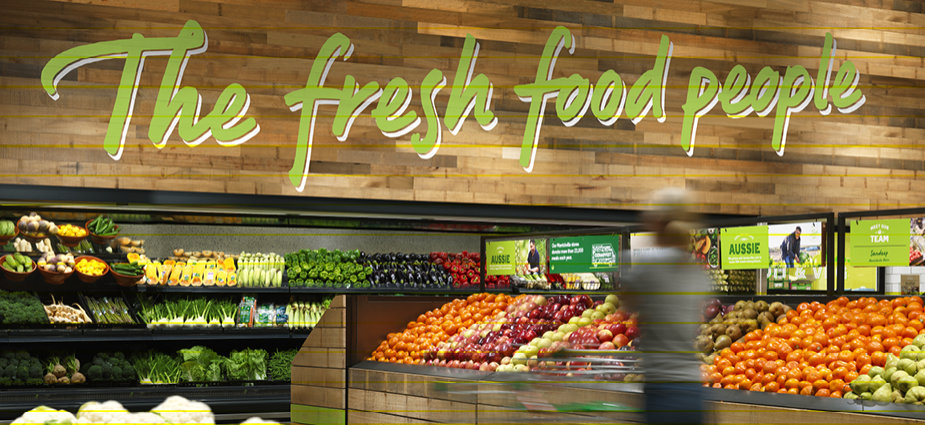Woolworths showed it had made a $1.62 billion full-year profit after tax, up 4.6 per cent from last year, while Coles reported sales revenue was up by 1.6 per cent for the financial year, with cash profit rising to $1.1 billion.
But while Woolworths and Coles have reported surges in profits, many Australians are struggling to afford essentials.
Coles and Woolworths claim that their surge in profits are the result of a change in customer spending habits, including buying groceries rather than eating out to save money.
But Dr Nikita Garg, from the UNSW School of Marketing, said this can’t be the only reason.
“The fact that supermarkets are making this much profit is an issue because somewhere along the line they have had to carry forward excess margins. When we had supply issues, prices went up and on some items prices are still high,” Garg said.
“If you look at meat products right now, they are super expensive, and the price of milk went up when we were experiencing supply issues, it’s yet to come down. Are these profits being passed on to the farmers? Chances are they are not.”
The Australian Bureau of Statistics’ June inflation report showed that food prices have increased drastically, with the prices of dairy products increasing by 15.2 per cent, and bread and cereals by 9.2 per cent.
Soaring food prices and increased profits for Woolworths and Coles also indicate that the two supermarket giants, who together own nearly two-thirds of the food retail market, may be increasing product costs above their expenses.
Because the companies dominate the market, they can hike up their prices without worrying about competition, all while families struggle under cost of living pressures, and many Australians go hungry.






